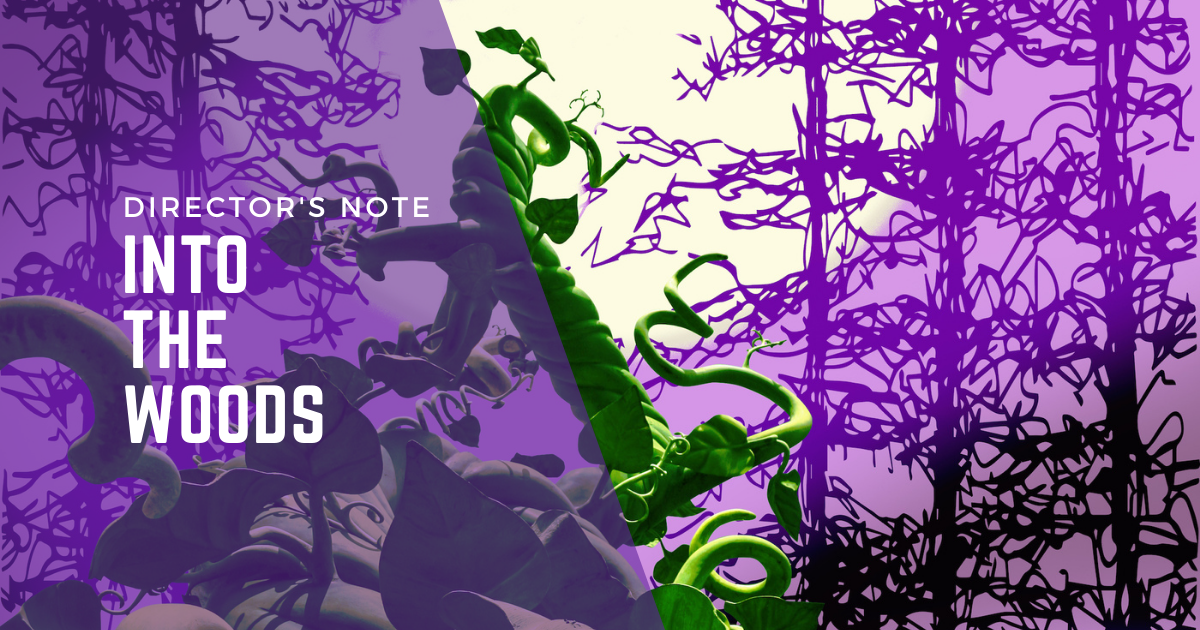Director’s Note | Into the Woods
In the first volume of The Wizard of Oz, Dorothy gets caught up in an unknown world and needs to find her way back home. This trajectory takes her on a winding road, meeting new friends, frightening villains, and leaves with a deeper understanding of what home means to her, giving a new perspective on life when she gets back to Kansas. Oz author L. Frank Baum seeks western-looking individualism and a clear understanding of how to solve a problem and move forward.
Our story here in the Majestic Theatre of Into the Woods is an American one, just like Oz. Our version of Sondheim’s classic tale keeps away from the high-minded language that European tradition and the Eurocentricity that the Grimm’s fairy tales dive into. For us, the small and powerless are given agency and are constantly trying to figure out how they fit in and simply address the problems in trying to solve their issues. To symbolize this American utilitarianism, the scenery has evolved as well. The scenic elements have necessarily progressed to a conceptual cross between an American environment and an iconic functional apparatus.
Baum sits more on midwestern or western-looking individualism where solving problems to move forward is of utmost importance. Although that may mean encountering violence and the need for survival, the familial relationships his characters pursue and their influence on others is a greater source of comfort over anything else. Likewise, in our rehearsal room, the actors had to rely on each other and the relationships they were forming. Working together, this ensemble-based show needed a foundation built on trust, which is what our characters need to do to survive in our story. Being back in the rehearsal room for the first time in an ongoing COVID world, we leaned on each other for support and guidance as we navigated getting “out of the woods.”
The relationship between parent and child is a crucial theme—whether it’s the Baker and Baker’s Wife desperately trying to have a child, Jack’s Mother frantically worried about Jack, or The Witch trying to protect and shield Rapunzel from the ugliness of the outside world. Fairytales are often used to teach children about complex situations in the world and provide them valuable lessons in a way they may understand. Sondheim and Lapine have taken fairytale characters into a real-world context, providing the audience with a situation that will not have a traditional happily ever after storyline. Sondheim writes: “Careful the things you say, children will listen. Careful the things you do, children will see. And learn.”
It’s been extraordinary working with such a special and committed group of people. We all hope there are elements from this very American viewpoint that will resonate with you and help you enjoy the show as much as we are enjoying bringing the show to you.
Emerson Stage’s production of Into the Woods opens in the Cutler Majestic Theatre on Thursday, April 14 at 8 p.m. EDT and runs through April 16 at 8 p.m. ET. More information and tickets are available at emersonstage.org/into-the-woods.


